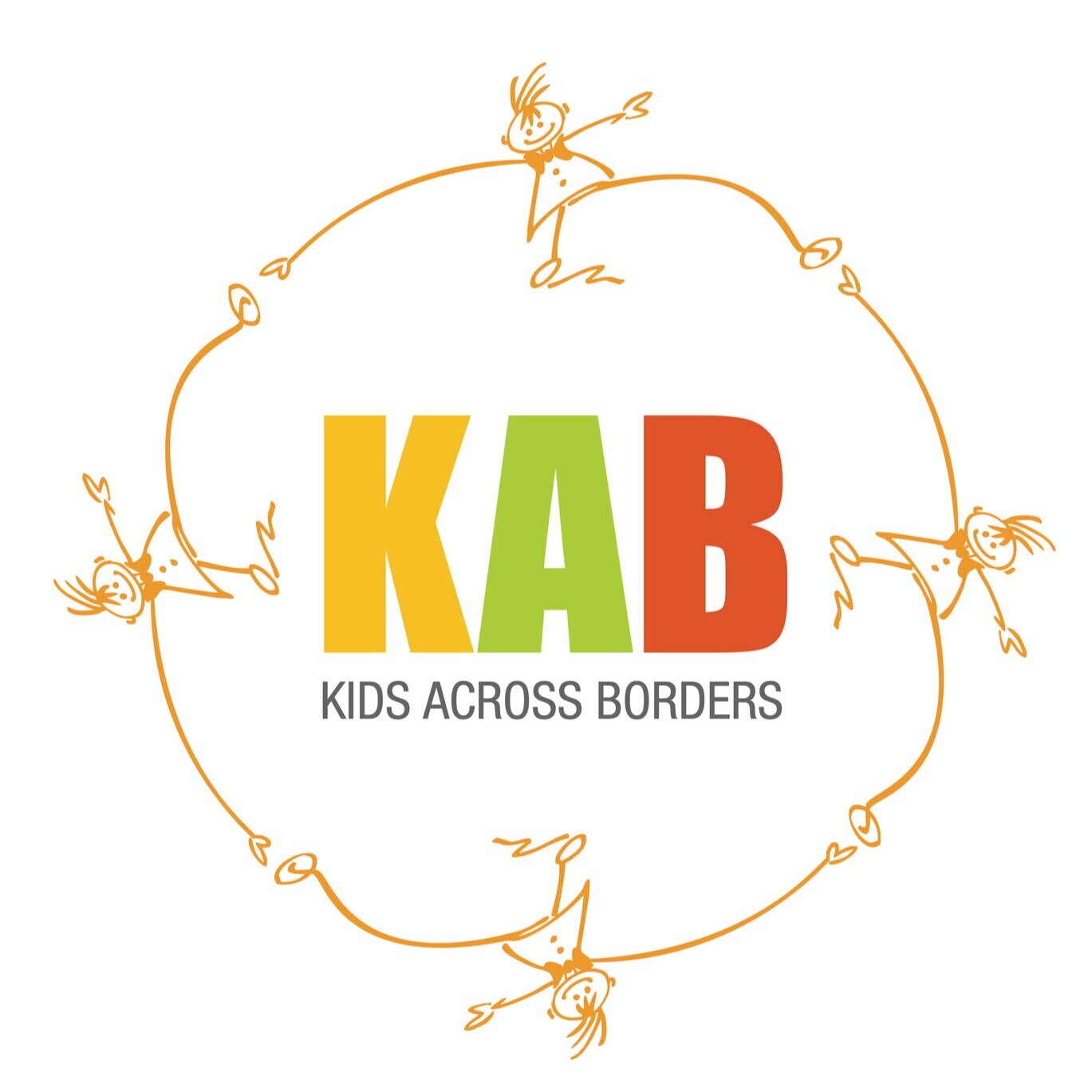How it works
Kids Across Borders works closely with participating classes and schools to find a suitable class and school to link with and helps coordinate the exchange.
Communication
Correspondence happens by post, email and interactive web forums, depending on the nature of the activity and the resources available to each school. Evolving digital technology allows students to be creative and experimental in the ways they communicate with their partner classes. As the participating schools outside of Australia have English language programs, the exchanges will occur mainly in English with a translator used when necessary.
Funding
To make the partnership equal, Kids Across Borders provides some schools with a budget to cover the costs relating to the program. This includes any materials, educational or technological resources, postage and translation costs. Funding raised by Australian schools to assist the partner school is encouraged, with part of the program being to identify collaboratively the best way to use these funds. Kids Across Borders can assist schools in seeking funding for sustainability projects they would like to undertake.
Curriculum
The Kids Across Borders program fits in with a school’s existing curriculum and extra-curricular activities. The program priority areas are aligned with the Australian Curriculum cross-curriculum priorities and lesson plans are linked to the West Australian Syllabus.
Program
The Kids Across Borders program is structured around the principles of education for sustainable development and provides a springboard of ideas for school linking. Each unit contains background information about the theme to be explored with a number of lesson plans organised using this model:
EXPLORE Provides a lead in to the topic. Students tune-in to the topic and investigate an issue in their environment.
SHARE Students complete tasks to show their findings and personal experiences of the topic. This is shared with their partner class.
COMPARE After receiving the work from their partner class, students compare findings. They consider similarities and differences on a local and global level and reflect on the reasons why.
Given the wide variety of cultures and environments around the world, the lessons have been prepared as a framework for teachers, with the understanding that teachers will need to tailor the scope, language, discussions and activities provided for each lesson to fit their students and local conditions.

